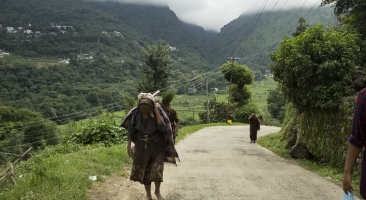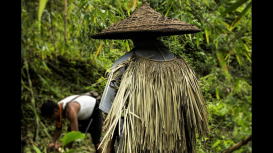This module covers the rituals, traditions, beliefs and social dynamics associated with the hunting practices of the Angami Nagas of Kohima District, Nagaland. The Angamis are primarily agriculturalists, but are also expert hunters and depend on hunting as a source of food. Hunting is not just an economic activity but plays an important role in the religious life of the tribe. The rites and rituals associated with the hunt highlight their belief in animism and the sacredness of nature. These rituals also play a vital role in establishing the social status of hunters in the community. The activity of hunting is crucial in determining individual and community interests. Despite a decline in its traditional methods, hunting remains a contemporary practice, with its socio-cultural and religious aspects playing an important role in the day-to-day life of the Angamis.
A particular focus is on traps laid out for local birds, mammals and other wild animals of prey.



